Filter By
13
Subregions
Download Regions Data
Prince Edward Island, Nova Scotia, Nunavut, Yukon, New Brunswick, Ontario, Saskatchewan, Alberta, Manitoba,...
Description
Data in Voxdash
Canada
The main purpose of this survey is to study the coverage of the employment insurance program. It provides a meaningful picture of who does or does not have access to EI benefits among the jobless and those in a situation of underemployment. The Employment Insurance Coverage Survey also covers access to maternity and parental benefits. The survey was designed to produce a series of precise measures to identify groups with low probability of receiving benefits, for instance, the long-term jobless, labour market entrants and students, people becoming unemployed after uninsured employment, people who have left jobs voluntarily and individuals who are eligible, given their employment history, but do not claim or otherwise receive benefits. The survey provides a detailed description of the characteristics of the last job held as well as reasons for not receiving benefits or for not claiming. Through the survey data, analysts will also be able to observe the characteristics and situation of people not covered by EI and of those who exhausted EI benefits, the job search intensity of the unemployed, expectation of recall to a job, and alternate sources of income and funds. Survey data pertaining to maternity and parental benefits answer questions on the proportion of mothers of an infant who received maternity and parental benefits, the reason why some mothers do not receive benefits and about sharing parental benefits with their spouse. The survey also allows looking at the timing and circumstances related to the return to work, the income adequacy of households with young children and more.
Canada
The main purpose of this survey is to study the coverage of the employment insurance program. It provides a meaningful picture of who does or does not have access to EI benefits among the jobless and those in a situation of underemployment. The Employment Insurance Coverage Survey also covers access to maternity and parental benefits. The survey was designed to produce a series of precise measures to identify groups with low probability of receiving benefits, for instance, the long-term jobless, labour market entrants and students, people becoming unemployed after uninsured employment, people who have left jobs voluntarily and individuals who are eligible, given their employment history, but do not claim or otherwise receive benefits. The survey provides a detailed description of the characteristics of the last job held as well as reasons for not receiving benefits or for not claiming. Through the survey data, analysts will also be able to observe the characteristics and situation of people not covered by EI and of those who exhausted EI benefits, the job search intensity of the unemployed, expectation of recall to a job, and alternate sources of income and funds. Survey data pertaining to maternity and parental benefits answer questions on the proportion of mothers of an infant who received maternity and parental benefits, the reason why some mothers do not receive benefits and about sharing parental benefits with their spouse. The survey also allows looking at the timing and circumstances related to the return to work, the income adequacy of households with young children and more.
Canada
In light of varying and often times conflicting reports of public perception around the issue of climate change and the Kyoto Protocol, Environment Canada and Natural Resources Canada identified a need for sound information on current public opinion in order to direct policy and communications efforts. The research was designed to solicit Canadians’ views on a wide variety of issues related to climate change and the Kyoto Protocol.
Canada
The Labour Force Survey (LFS) is a monthly survey of Canadian households carried out by Statistics Canada. It was developed after the Second World War to satisfy a need for reliable and timely data on the labour market due to the massive labour market changes involved in the transition from a war to peace-time economy. The objectives of the LFS have been to divide the working-age population into three mutually exclusive labour force status categories (employed, unemployed, and not in the labour force) and to provide descriptive and explanatory data on each of these groups. With the release of the survey results only 10 days after the completion of data collection, the LFS estimates are the first of the major monthly economic data series to be released. The LFS is the source of Canada's official unemployment rates, including the rates used by Employment and Social Development Canada in the calculation of Employment Insurance (EI) eligibility and benefit criteria. Data from the survey also provide information on major labour market trends, such as shifts in employment across industrial sectors, hours worked and labour force participation.
Canada
The Labour Force Survey (LFS) is a monthly survey of Canadian households carried out by Statistics Canada. It was developed after the Second World War to satisfy a need for reliable and timely data on the labour market due to the massive labour market changes involved in the transition from a war to peace-time economy. The objectives of the LFS have been to divide the working-age population into three mutually exclusive labour force status categories (employed, unemployed, and not in the labour force) and to provide descriptive and explanatory data on each of these groups. With the release of the survey results only 10 days after the completion of data collection, the LFS estimates are the first of the major monthly economic data series to be released. The LFS is the source of Canada's official unemployment rates, including the rates used by Employment and Social Development Canada in the calculation of Employment Insurance (EI) eligibility and benefit criteria. Data from the survey also provide information on major labour market trends, such as shifts in employment across industrial sectors, hours worked and labour force participation.
Canada
The Labour Force Survey (LFS) is a monthly survey of Canadian households carried out by Statistics Canada. It was developed after the Second World War to satisfy a need for reliable and timely data on the labour market due to the massive labour market changes involved in the transition from a war to peace-time economy. The objectives of the LFS have been to divide the working-age population into three mutually exclusive labour force status categories (employed, unemployed, and not in the labour force) and to provide descriptive and explanatory data on each of these groups. With the release of the survey results only 10 days after the completion of data collection, the LFS estimates are the first of the major monthly economic data series to be released. The LFS is the source of Canada's official unemployment rates, including the rates used by Employment and Social Development Canada in the calculation of Employment Insurance (EI) eligibility and benefit criteria. Data from the survey also provide information on major labour market trends, such as shifts in employment across industrial sectors, hours worked and labour force participation.
Canada
The Labour Force Survey (LFS) is a monthly survey of Canadian households carried out by Statistics Canada. It was developed after the Second World War to satisfy a need for reliable and timely data on the labour market due to the massive labour market changes involved in the transition from a war to peace-time economy. The objectives of the LFS have been to divide the working-age population into three mutually exclusive labour force status categories (employed, unemployed, and not in the labour force) and to provide descriptive and explanatory data on each of these groups. With the release of the survey results only 10 days after the completion of data collection, the LFS estimates are the first of the major monthly economic data series to be released. The LFS is the source of Canada's official unemployment rates, including the rates used by Employment and Social Development Canada in the calculation of Employment Insurance (EI) eligibility and benefit criteria. Data from the survey also provide information on major labour market trends, such as shifts in employment across industrial sectors, hours worked and labour force participation.
Canada
The Labour Force Survey (LFS) is a monthly survey of Canadian households carried out by Statistics Canada. It was developed after the Second World War to satisfy a need for reliable and timely data on the labour market due to the massive labour market changes involved in the transition from a war to peace-time economy. The objectives of the LFS have been to divide the working-age population into three mutually exclusive labour force status categories (employed, unemployed, and not in the labour force) and to provide descriptive and explanatory data on each of these groups. With the release of the survey results only 10 days after the completion of data collection, the LFS estimates are the first of the major monthly economic data series to be released. The LFS is the source of Canada's official unemployment rates, including the rates used by Employment and Social Development Canada in the calculation of Employment Insurance (EI) eligibility and benefit criteria. Data from the survey also provide information on major labour market trends, such as shifts in employment across industrial sectors, hours worked and labour force participation.
Canada
The Labour Force Survey (LFS) is a monthly survey of Canadian households carried out by Statistics Canada. It was developed after the Second World War to satisfy a need for reliable and timely data on the labour market due to the massive labour market changes involved in the transition from a war to peace-time economy. The objectives of the LFS have been to divide the working-age population into three mutually exclusive labour force status categories (employed, unemployed, and not in the labour force) and to provide descriptive and explanatory data on each of these groups. With the release of the survey results only 10 days after the completion of data collection, the LFS estimates are the first of the major monthly economic data series to be released. The LFS is the source of Canada's official unemployment rates, including the rates used by Employment and Social Development Canada in the calculation of Employment Insurance (EI) eligibility and benefit criteria. Data from the survey also provide information on major labour market trends, such as shifts in employment across industrial sectors, hours worked and labour force participation.
Canada
The Labour Force Survey (LFS) is a monthly survey of Canadian households carried out by Statistics Canada. It was developed after the Second World War to satisfy a need for reliable and timely data on the labour market due to the massive labour market changes involved in the transition from a war to peace-time economy. The objectives of the LFS have been to divide the working-age population into three mutually exclusive labour force status categories (employed, unemployed, and not in the labour force) and to provide descriptive and explanatory data on each of these groups. With the release of the survey results only 10 days after the completion of data collection, the LFS estimates are the first of the major monthly economic data series to be released. The LFS is the source of Canada's official unemployment rates, including the rates used by Employment and Social Development Canada in the calculation of Employment Insurance (EI) eligibility and benefit criteria. Data from the survey also provide information on major labour market trends, such as shifts in employment across industrial sectors, hours worked and labour force participation.
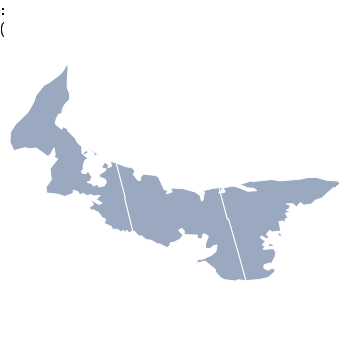

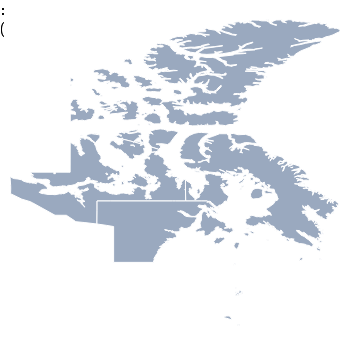

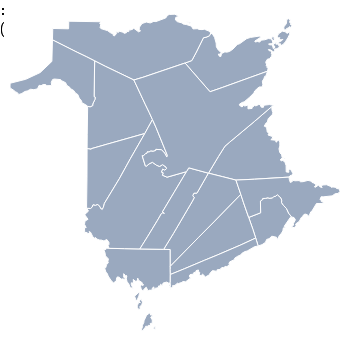
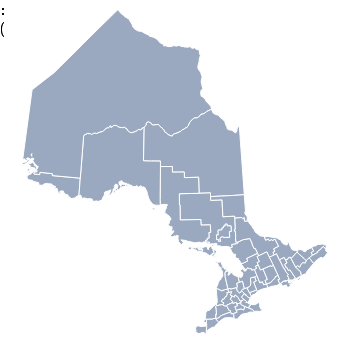

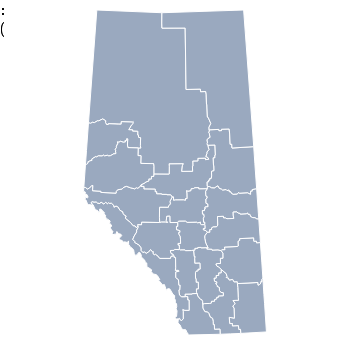


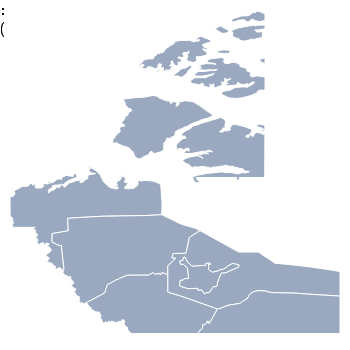
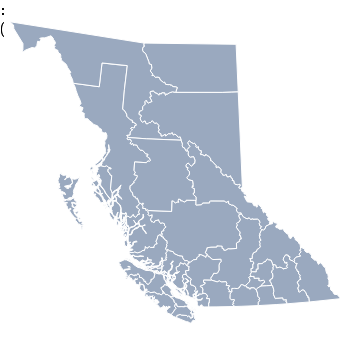

.jpg)

.jpg)







